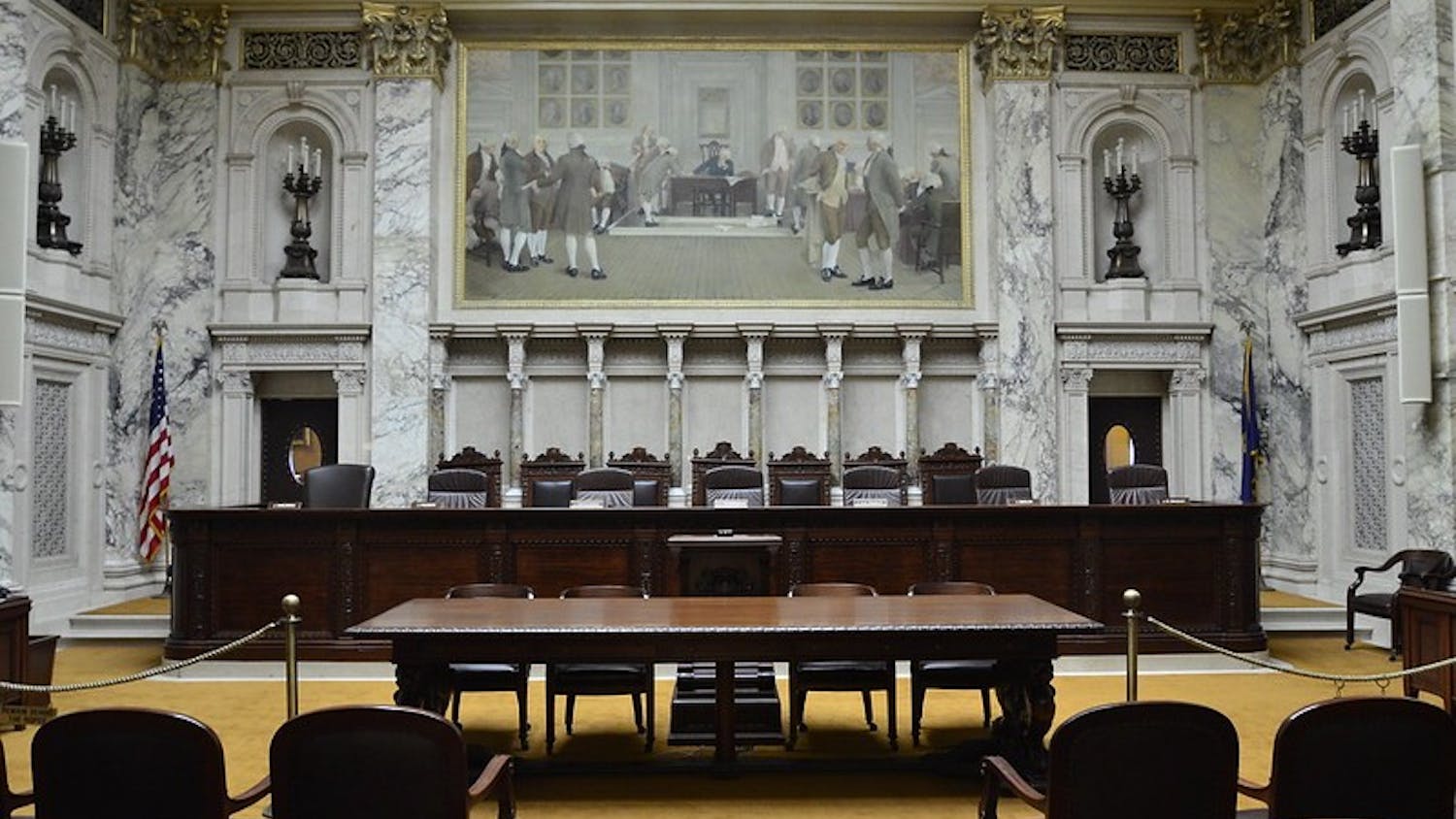I remember being 12 years-old back in India, glued to a television set flashing scenes of planes crashing into huge towers of steel, and a New York City gripped in pandemonium. I gaped in horror as I witnessed the planes cripple the World Trade Center towers, scarcely able to digest the frightening images and statistics that followed.
I had read about terrorist attacks in India on a regular basis, and I had grown accustomed to the scale of the attacks, which were mostly targeted at Indian military officers and increasingly civilians. Yet the Sept. 11 attacks, in which a small group of extremists were able to carry out an attack on the most powerful nation in the world, signified a huge leap in the capability of terrorist groups. What was once a small, regional pest was now a global monster capable of carrying out destruction unprecedented in the history of militant extremism.
After the death of Osama bin Laden in May, one would assume that the U.S. is winning the war on terror and that its only a matter of time before other terrorists surrender. Yet even with the Taliban visibly weakened, numerous other terrorist groups with smaller footprints have mushroomed in the Central Asian region, vowing to hurt the free world. These groups are responsible for almost daily attacks on civilians and military personal alike, with little discrimination regarding race or religion.
With around 30,000 U.S. troops poised to pull out of Afghanistan in late 2012 and the remaining by 2014 provided Afghan forces are ready to take over, one must question whether the American military response to Sept. 11 has yielded positive change in the Middle East and Central Asia.
Rampant drug-trafficking and corruption have hindered Afghanistan's efforts towards stability and legal sovereignty since the Karzai government took over in 2001. Local warlords still hold sway in regions far away from the capital Kabul, and their allegiances are unpredictable. And with insurgents ruling in the tribal areas bordering Pakistan, the infantile Afghan National Army has had a woeful experience bringing these regions under control.
The situation in Pakistan is just as dire. The nation suffered embarrassment after bin Laden was found hiding within its borders. Angry that the Pakistani government joined hands with American-led forces to battle the Taliban, Pakistani terrorists have targeted government infrastructure and civilians. Sources indicate that there were six suicide bombings in 2006, followed by 56 in 2007, claiming over 600 lives. In 2010, the number of deaths almost doubled to over 1200.
Pakistan's economy is largely supported by American foreign aid, including $11 billion of anti-terrorism funding since Sept. 11, 2001. The bulk of that amount was misappropriated and used to buy weapons and equip proxy warriors to threaten India. The anarchic state of Pakistan could lead to the attainment of nuclear weapons by terrorist groups, adding a frightening new threat to American security. It could potentially put the world's nations at the bargaining table with these preachers of hatred and violence.
Thus, since Sept. 11th, 2001 and the American military response, is the United States any more safe? Do we feel more secure knowing that we have killed Osama bin Laden and created dysfunction among the Al Qaeda ranks? If the New Delhi High Court bombing last week in India is any indication, the answer is no. In addition, new security measures in the United States suggest that the fear of terrorism is as prevalent as ever. A state of security is not pervaded by fear and mistrust; the United States must recognize the unintended consequences of its military response to terrorism and pursue a less invasive anti-terrorism strategy in the future.
Previous version of this article previously stated that the United States gave $11 billion to Pakistan in 2011.
Anurag Mandalika is a graduate research assistant in the department of Biological Systems Engineering at UW-Madison. Please send all feedback to opinion@dailycardinal.com






